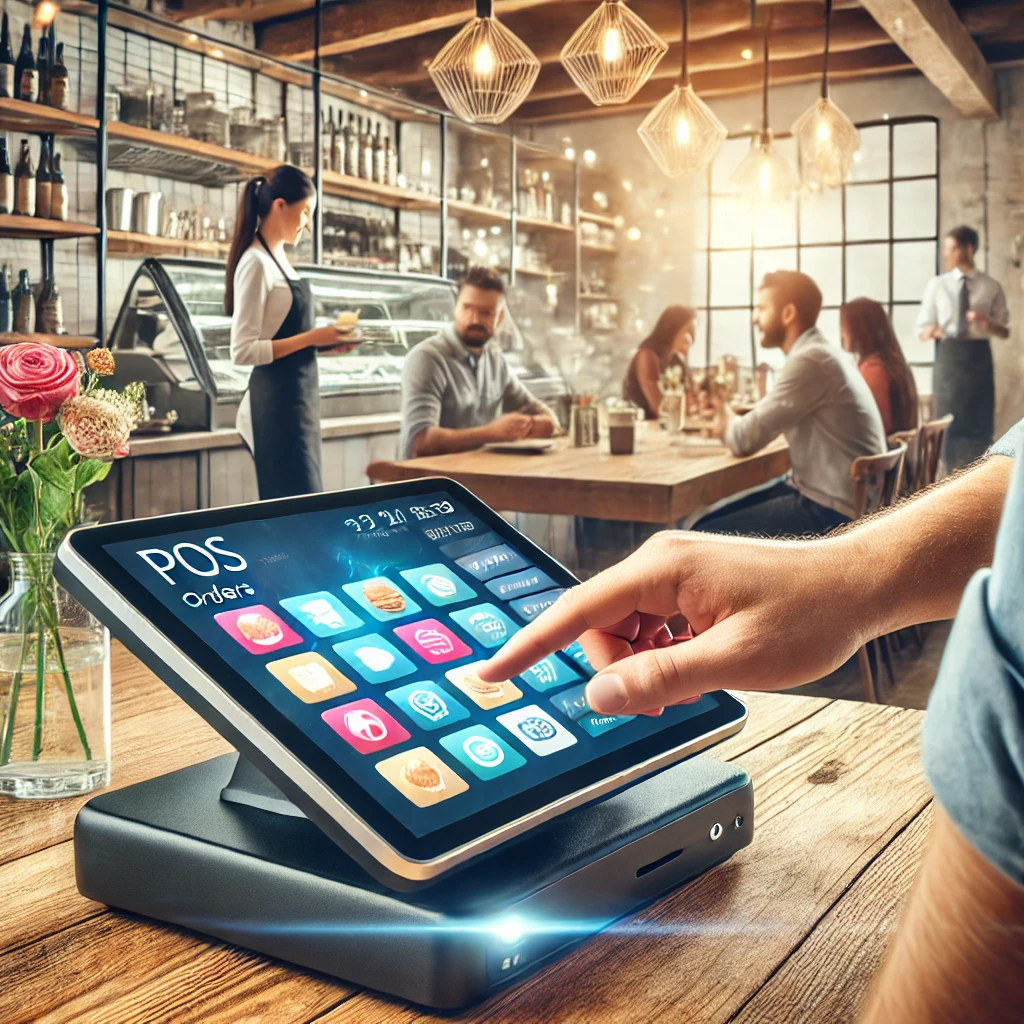Introduction:
Introduce the topic by explaining the importance of having a robust POS system in a restaurant. Mention how it streamlines operations, improves customer service, and helps manage inventory and staff effectively.
Example:
Running a restaurant involves juggling multiple tasks, from managing inventory to ensuring customer satisfaction. A reliable restaurant POS software can make all the difference. This blog explores how to choose the right system for your needs and reviews the best options available.
Key Features to Look for in a Restaurant POS System:
- Ease of Use: Highlight the importance of intuitive interfaces for staff to use efficiently.
- Inventory Management: Explain how tracking stock and preventing shortages or waste is vital.
- Order Management: Discuss the need for smooth handling of dine-in, takeout, and delivery orders.
- Integrations: Mention compatibility with accounting software, CRM tools, and online ordering platforms.
- Security: Emphasize the need for secure payment processing and data storage.
- Scalability: Point out the importance of software that grows with the business.
Top Restaurant POS Systems in 2024:
Provide a list of the best POS systems, with a brief overview of their features, pros, and cons. For example:
- Toast POS
- Features: All-in-one platform with online ordering and delivery integration.
- Pros: Customizable menus, mobile POS options.
- Cons: Higher upfront costs.
- Square for Restaurants
- Features: Affordable for small to medium-sized restaurants.
- Pros: Easy to set up, free plan available.
- Cons: Limited advanced features for larger businesses.
- TouchBistro
- Features: iPad-based system tailored for restaurants.
- Pros: Offline functionality, strong reporting tools.
- Cons: Limited integrations.
Benefits of Using a POS System:
Explain how a POS system benefits restaurant operations:
- Improves order accuracy.
- Speeds up billing and payments.
- Provides detailed analytics for better decision-making.
- Enhances customer experience.
Challenges and Solutions:
Discuss common challenges with POS systems, like setup complexity or cost, and suggest solutions.
Example:
Challenge: High upfront costs for premium POS systems.
Solution: Start with a free or low-cost POS software and upgrade as your restaurant grows.
How to Choose the Right POS Software:
Offer a step-by-step guide:
- Identify your restaurant’s specific needs.
- Set a budget.
- Research software providers and read reviews.
- Request demos and free trials.
- Check customer support and warranty options.
Conclusion:
Wrap up with a call to action, encouraging readers to evaluate their current POS setup and consider upgrading for better efficiency.
Example:
Your restaurant deserves the best tools to thrive. By choosing the right POS system, you can streamline operations, improve customer satisfaction, and boost profitability. Start exploring your options today!
Call-to-Action (CTA):
Include a prompt for engagement:
- Share this blog with restaurant owners.
- Subscribe to your newsletter for more POS software insights.
- Contact you for personalized recommendations.

Leave a Reply